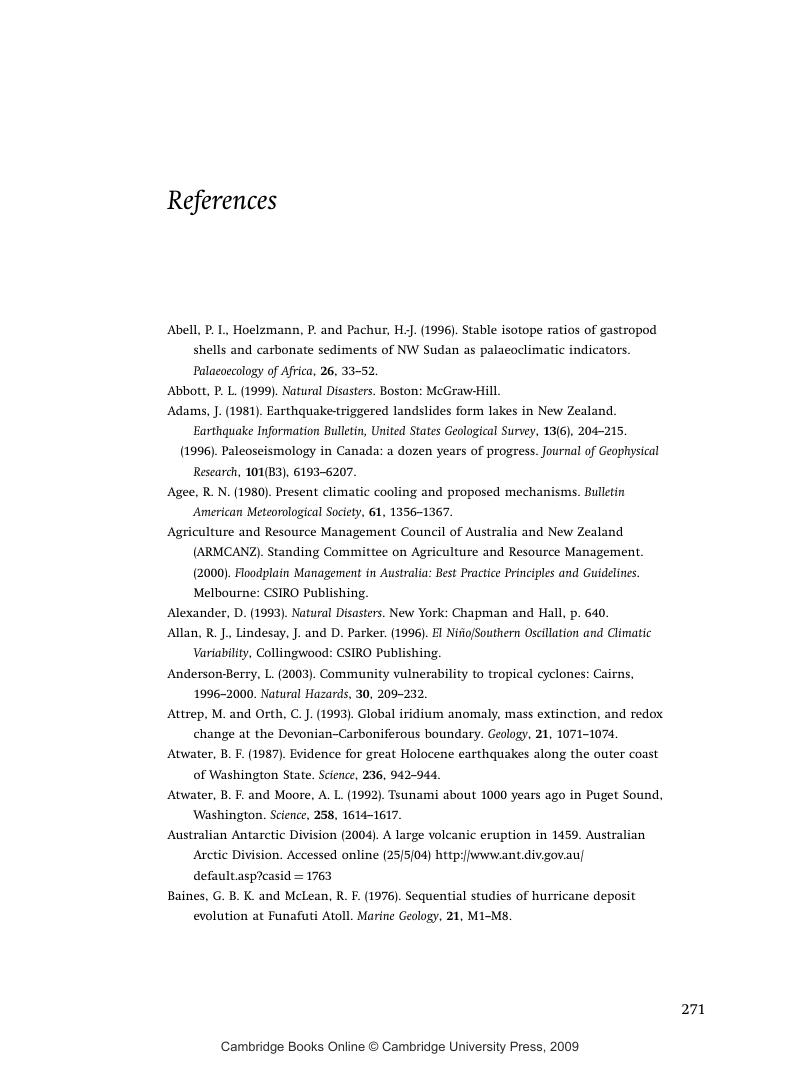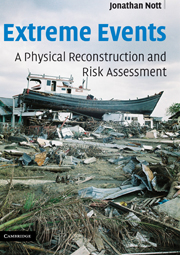Cioni, R., Gurioli, L., Sbrana, A. and Vougioukalakis, G. (
2000). Precursory phenomena and destructive events related to the late Bronze Age Minoan (Thera, Greece) and AD 79 (Vesuvius, Italy) Plinian eruptions; inferences from the stratigraphy in the archaeological areas. In
The Archaeology of Geological Catastrophes, ed.
McGuire, W. G.,
Griffiths, D. R.,
Hancock, P. L and
Stewart, I. S., Geological Society of London Special Publication, vol. 171.
London: Geological Society of London, pp. 123–141.
Google Scholar



